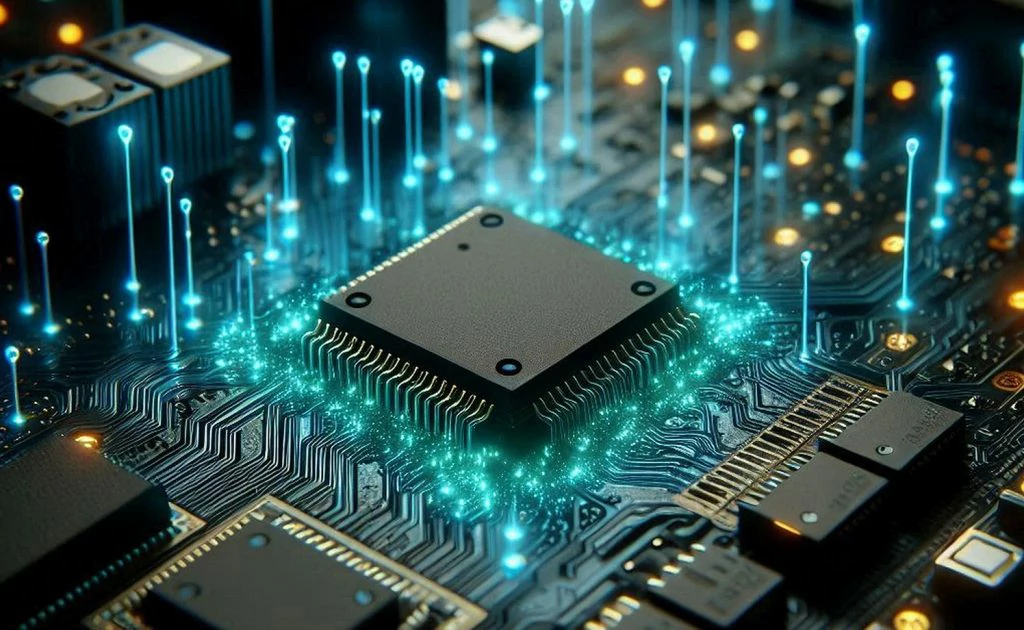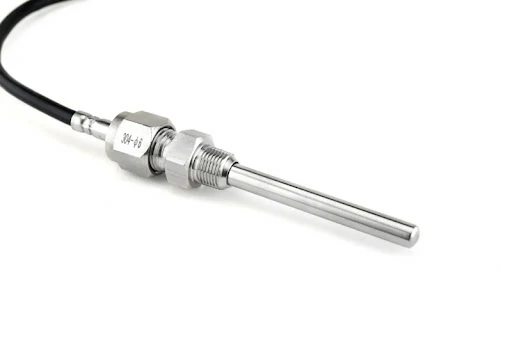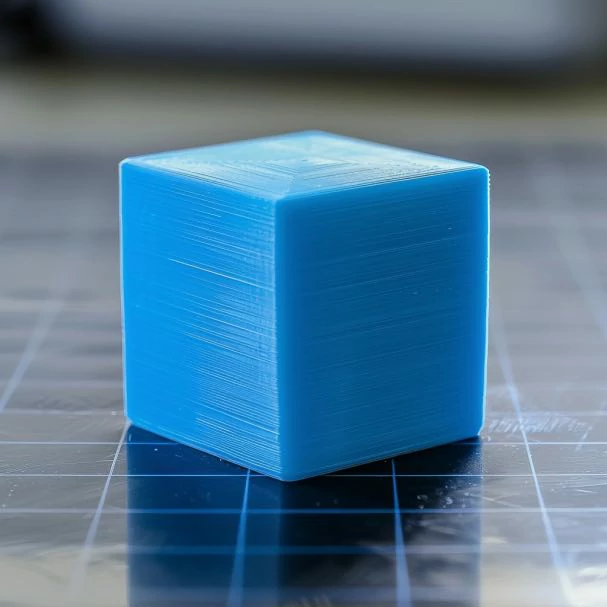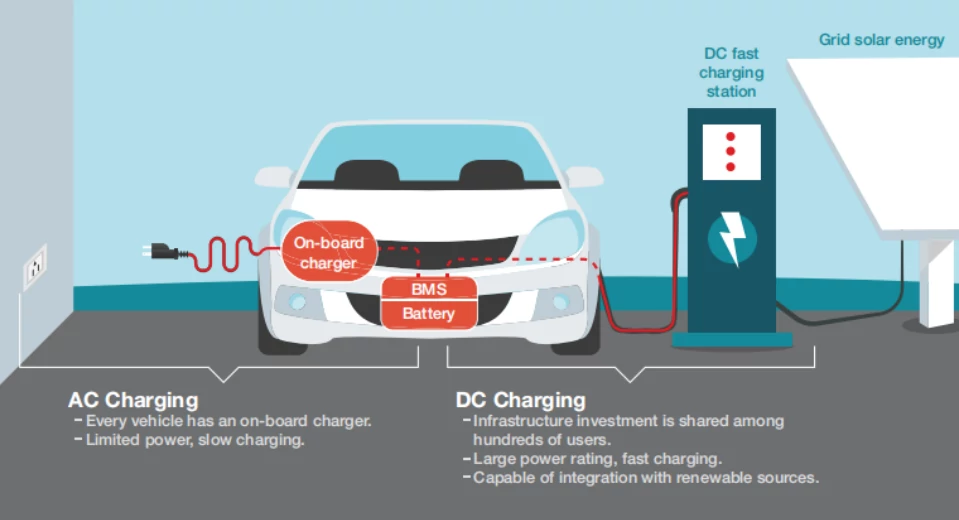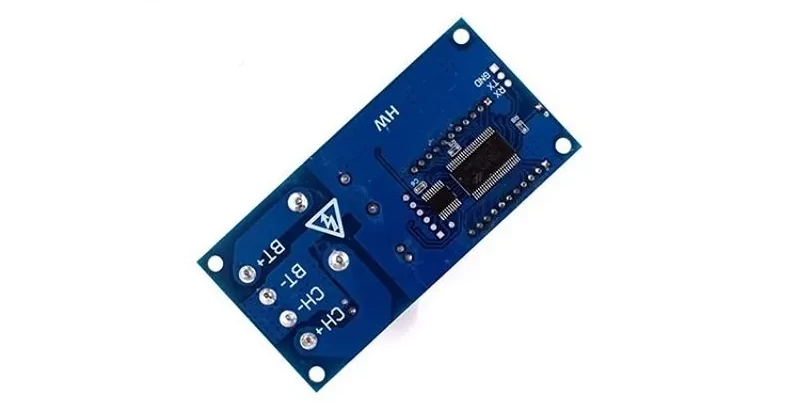Dc charging pile microcontroller central processing unit: the core of...
How does the motor speed affect the heat dissipation effect of DC charging pile?
The speed of the motor significantly affects the cooling effect of a DC charging pile, and here are the details explained in six aspects:
Main component
Relationship between Power Demand and Speed
Increasing the motor speed can increase power output, which is necessary in applications requiring high power. However, for DC charging piles, excessively high speeds can lead to more heat generation in the motor and related electronic components, thus increasing the burden on the cooling system.
Air Resistance and Speed
As the speed increases, the air resistance that the fan has to overcome also increases. This means that at high speeds, the fan requires greater force to move air, which can lead to reduced motor efficiency and increased power consumption.
Cooling and Speed
Increasing the motor speed increases heat generation, thus requiring more effective cooling measures to keep the motor within a safe operating temperature range. Motors with high speeds typically require more efficient cooling and heat dissipation measures.
Motor Efficiency and Speed
The efficiency of the motor varies at different speeds. In some applications, lower speeds may offer higher efficiency, while in others, higher speeds may be more suitable. For DC charging piles, the optimal motor speed should be chosen based on specific power demands and cooling capabilities.
Noise and Vibration
Motors rotating at high speeds can generate more noise and vibration, which can affect the stability and user experience of the DC charging pile. Therefore, motors with high speeds may require additional noise and vibration control measures.
Temperature Field Impact
The highest temperature inside the charging pile increases with the output power. At high output powers, due to the larger current and voltage, thermal losses increase rapidly, leading to a rise in internal temperature. Thus, increasing the motor speed may exacerbate this phenomenon, requiring optimization of the cooling system to control temperature.
In summary, increasing the motor speed can increase power output, but it also increases heat generation and cooling demands. For DC charging piles, it is necessary to consider the motor speed, power demands, cooling capabilities, and system efficiency comprehensively to achieve the best cooling effect.
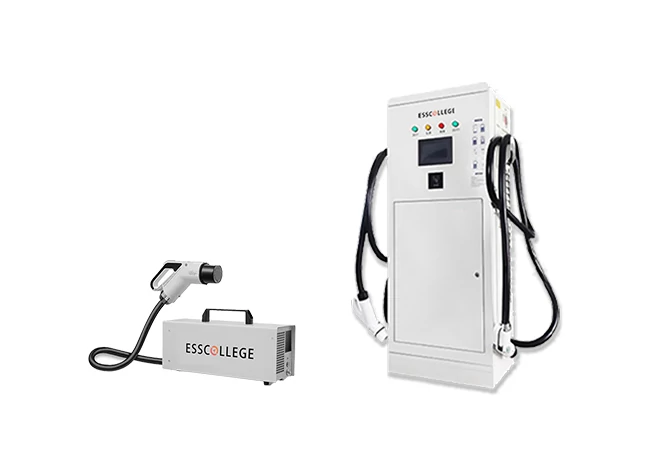
DC CHARGING PIlE SERIES
DC charging pile is an efficient charging facility for electric vehicles, which uses direct current (DC) to directly charge the vehicle battery, significantly reducing the charging time. Compared with traditional AC charging piles, DC charging piles are able to provide higher power output and can usually charge an EV to 80% of its capacity in 30 minutes, providing users with a convenient charging experience.
Extended reading
Product overview of DC charging pile
Product overview of DC charging pile Basic Functions Fast Charging...
Temperature sensor: “Temperature guard” for DC charging piles
Temperature sensor: “Temperature guard” for DC charging piles During the...
Introduction to oriented film in display
Introduction to oriented film in display Main component The orientation...
The difference between DC and AC charging pile
At present, the charging methods of electric vehicles are mainly...
THE ESSC Brand promise
Global supply
Our products sell well all over the world, covering many countries and regions, through the global logistics network, to provide customers with convenient purchasing experience.
Rigorous quality
We adhere to the highest quality control standards to ensure every product meets industry regulations and customer expectations, earning trust through consistent excellence.
Excellent service
With a customer-centric approach, we provide prompt responses, professional support, and personalized services, aiming to deliver the best user experience and long-term value.
